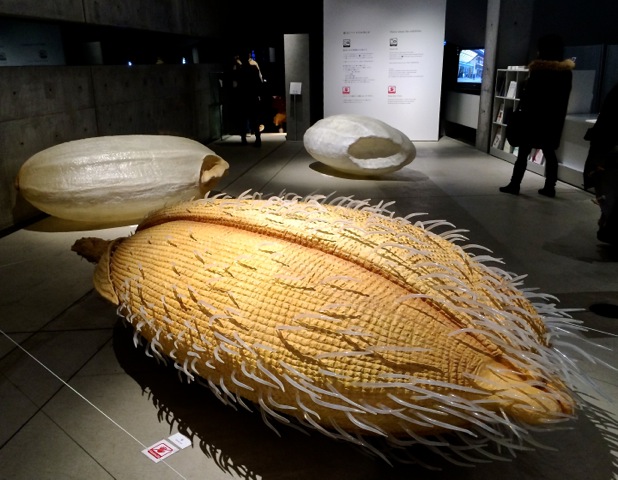Rice. A bland, white carbohydrate only useful as the substrate for sushi or for mopping up the juices of curry? Staple food that forms the nourishing core of every meal? A crop that has molded culture and society? Or primal sustenance imbued with mystic life force of the gods?
In Japan, at least, rice is much more than just a makeweight on the plate. The word for cooked rice, "gohan" — always used with its honorific prefix attached — is the same word used for "meal." Whether formal kaiseki banquet, casual home cooking or bento lunch box, no Japanese meal is complete without a generous serving of the staple grain (noodles being the notable exception that proves that rule).
For such a tiny grain, the humble Oryza sativa var. japonica plant also carries a heavy freight of social and religious significance. Most traditional Japanese confections are made of rice flour or pounded sticky rice. At New Year, round, mirror-shaped kagami mochi dumplings are everywhere. Even the Japanese flag is often said to represent a rectangular box of white rice with a red umeboshi (plum) pickle in the center.

















With your current subscription plan you can comment on stories. However, before writing your first comment, please create a display name in the Profile section of your subscriber account page.